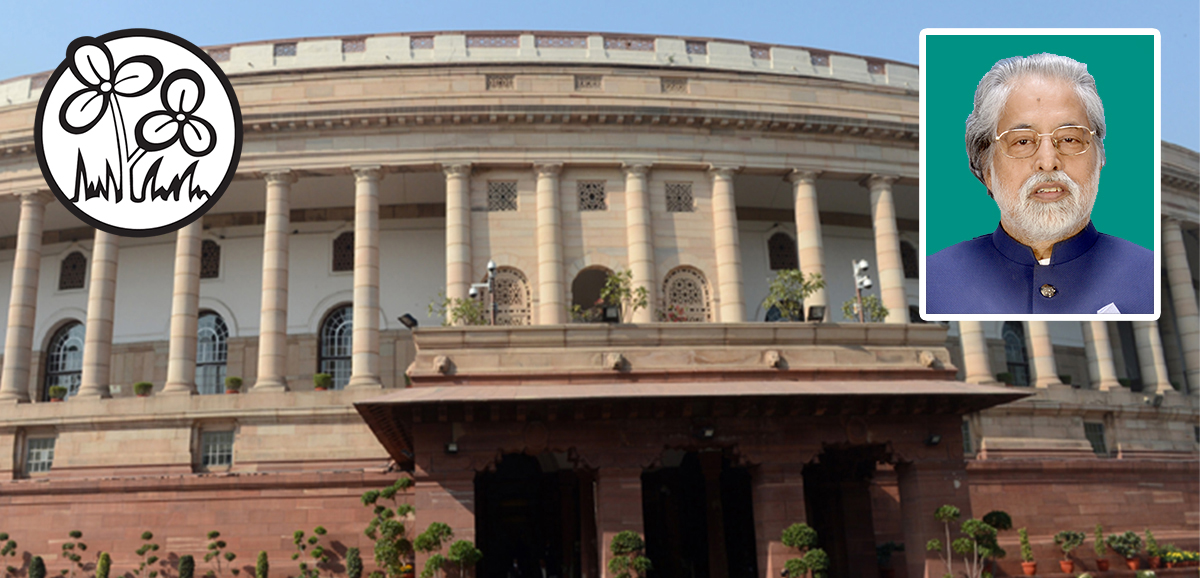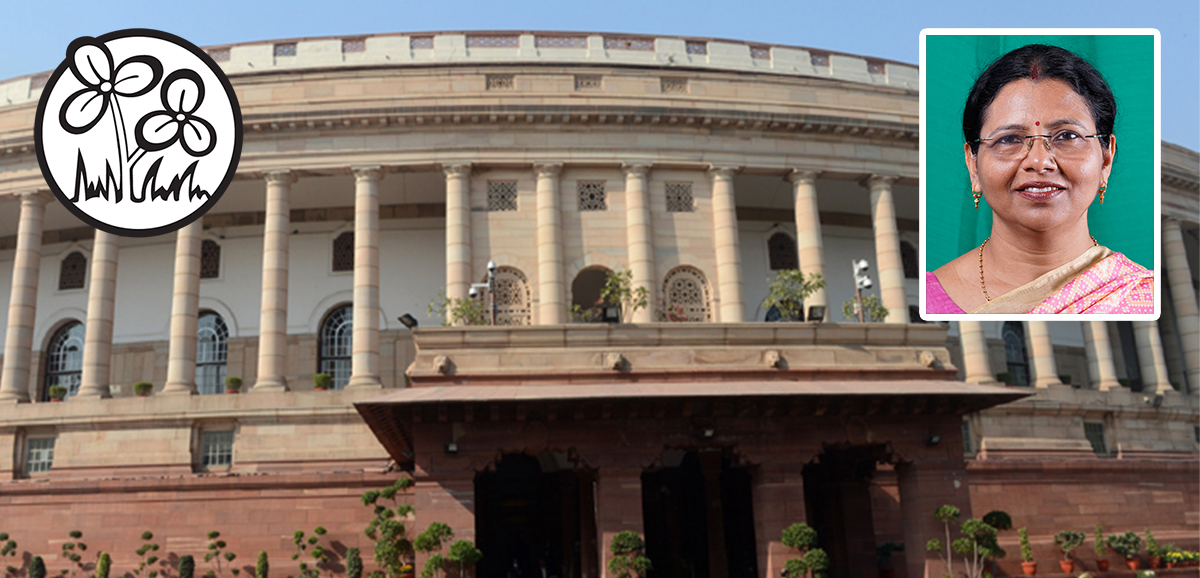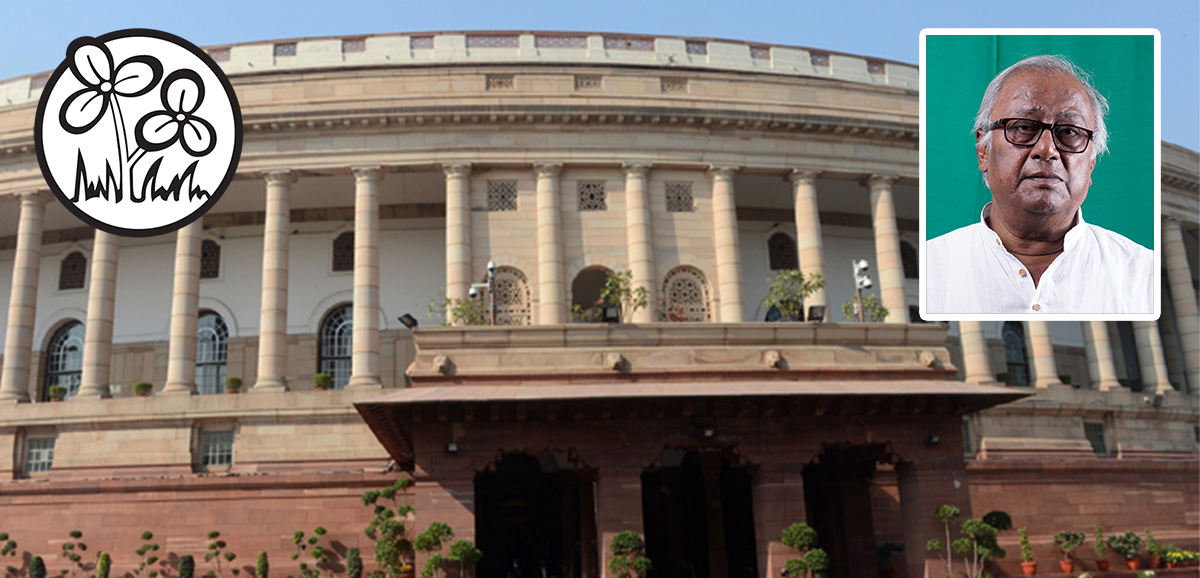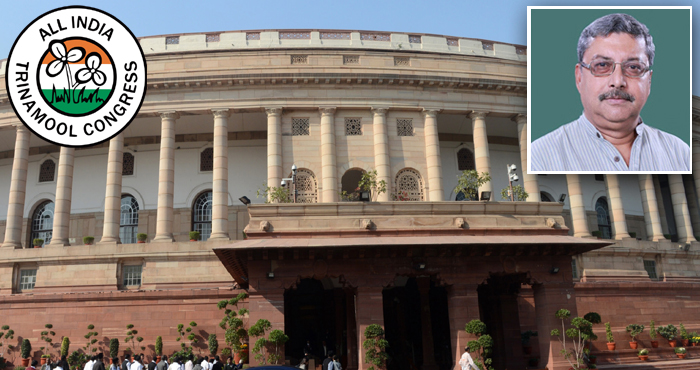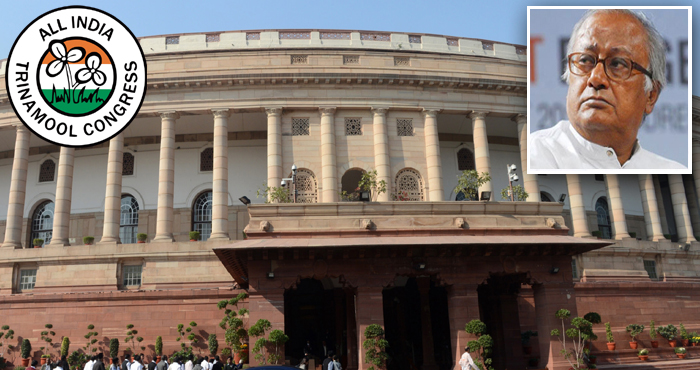FULL TRANSCRIPT
Shukriya mananiya Adhyaksh mahoday. Main apni abhar vyakt karti hoon. Adhyaksh mahoday jo nirnay kiya ki humein bachne ke liye shuddh hawa ki zaroorat hain aur yeh mahatwa mehsoos karte huye unhone is baat par aaj samay nischit kiya isiliye abhar vyakt karti hoon.
Sir, are we choking? Is Delhi choking? Out of the 10 most polluted cities in the world, nine are in India. It was quite unnerving, I have the record Sir, when a foreign premier – I do not want to name her – on her visit to our nation, our India, about which we are so proud, made an adverse comment. So, I would like to draw the attention of the Government and Minister here. We heard about Swachh Bharat Mission. Can we launch a Swachh Hawa Mission? Shall we give it a thought? Another point to Hon’ble Member Kapil ji, when I was studying medical in MBBS course, the teachers would always tell us read the question properly before writing the answer. Hon’ble Member did not read the question, not on the prevalent success of the Delhi Government, it was on pollution and climate change. He should read the question before answering.
We have the right to breathe, should we not ensure right to breathe clean air in India? It is our human right to breathe clean air. We are actually standing in the face of natural calamity. It is a very serious calamity. Because a rich man feeling hot may put on the AC, a rich man feeling very cold may change the Daikin AC to a hotter temperature. But, when you are breathing, whether you are rich or poor, you are breathing the same air, whether the air in Delhi or the air in the Indo-Gangetic Plain, which houses most number of Indians. Forty percent of the population i.e. 55 crore people live in the Indo-Gangetic Plain. Due to that topography and geography of this place, there is an air lock in this area and the air keeps moving.
So, even if a strong dust of wind east or west comes and blows away and the particle size and the particle presence reduces over Delhi it might be over Kanpur, it might be over Varanasi it might be over Kolkata and it is going back.
So, you have to ensure clean air for not only our country India but we have to ensure clean climate, clean air, clean water for the world. It is the only planet as we know – there might be others which we do not know – but climate change is affecting the whole planet. Today’s discussion included climate change along with pollution’ and climate change is a very serious matter. We might be staring at the face of mass asphyxia. I think Hon’ble Member here were talking about the death of many people in London, in 1952. In India, in Delhi, we might be wearing a mask on face asphyxia, because the particulate matter, because of the sulphur dioxide, because of the nitrous oxide, because of the lead present, the ozone present, the carbon monoxide is a poisonous gas.
Being a doctor I know, when somebody suggests to put off the generator to keep warm, it leads to incomplete combustion. Carbon monoxide is produced not carbon dioxide that reduces the oxygen carrying capacity of the RBC within the body and the person will silently die in sleep due to carbon monoxide poisoning. So are we staring into asphyxia like that in our country, in Delhi? Shouldn’t we all sit up instead of politicising this issue. Shouldn’t we leave politics out of this and shouldn’t we for once think about human good, whether it is about posterity, whether it is today’s society, whether it is the elderly people. Shouldn’t we be thinking about the climate first, because we are really facing this danger?
Every individual has a right to breathe clean air, so let us strive towards this. Climate change is real, though there are many many premiers, I don’t want to name them here, of large nations who feel climate change is unreal. I don’t want to name them. 193 countries got together, they signed the Kyoto Protocol. They sat nights together in Paris, working on the do’s and don’ts to prevent such hazardous result from climate change. Not to be thrown into the dustbin.
Depending on the success of the millennium development goals, the sustainable development goals were done up with 17 goals and 169 targets. Out of which, a very important one was the climate change and this climate change. Funds must be spent on literacy or illiteracy and poverty. Because if people are illiterate, how can you prevent them from doing things like they are doing stubble burning, leading to the release of poisonous gas from the west? Many poor people burn cow dung cakes. In our state we call it “ gutiya ”; that is used for cooking. Cow dung cakes pollute the air but that same cow dung if we convert to gas (gobar gas) it is not polluting. So poverty is also linked to it. And poverty alleviation if done properly it will take care of climate change also.
We have to be talking about water pollution, about air pollution, about the food that we are eating, the pesticides being used, the fertilisers being used, they are causing cancer. The incidents of cancer has risen, the incidents of heart attacks have risen, the incidents of lung diseases have risen because of this uncontrolled use of chemicals. The government really has to sit up and do something about that and what is air pollution we have to know.
Forty one per cent of the air pollution is vehicular, due to the automobile emissions. As Madam was speaking there, the automobile industry doesn’t like it. Well if they don’t like it, it is their problem, it is not the problem of the people who have the right to breathe clean air. Twenty one per cent is the wind blown dust. This dust includes dry mud, asbestos, includes silicon, these little particles when they are less than 2.5 microns. They can easily go into our respiratory system and cause inflammatory reactions in our breathing apparatus and make inflammatous change in the lungs, which means the lungs become inefficient. They can not take in oxygen; even if you’re breathing the oxygen will not go into the blood, it will not supply the brain or important structures like heart and kidney. Emphysema till today has no cure, unless we are replacing the lungs, we are transplanting the lungs, which is not so common, very expensive. So Emphysema change in the lungs is going on in each of us.
This is not a matter of tu tu main main, let us keep politics out of it. Let us not sit here and say that MP was not there, his Minister has done this, his Chief Minister has done this. Let us all work together towards giving our children, our country, our people clean air, clean water, clean atmosphere and stop, or at least try to mitigate the effects of climate change.
Eighteen per cent is contributed by industry. Why can’t we have a check on the industry? What kind of pollution they are causing? Why can’t the construction be done under cover? When buildings are being made they should be covered. Otherwise the cement is coming into the air and we are breathing it. Unknowingly we are smoking cigarettes.
In the answer to an Unstarred Question in Lok Sabha on June 28, 2019, Hon’ble Environment Minister stated that the Central Government has notified the Comprehensive Action Plan in 2018 for prevention, control and mitigation of air pollution. Now what I want to know from Hon’ble Minister is what about the assurance Sir? Only notification will not help. We will have to monitor what is actually happening on the ground level. Monitoring and the implementation is imperative.
As I said, even after that, power production is also giving rise to pollution because even today most of the electric power is produced by fossil fuel and that is causing pollution. So what about the commitment of moving towards renewable energy? Forty per cent of the produced energy should be renewable electricity. I don’t know what are you thinking about that.
In 2016, Government of India had come out with the draft National Wind Solar Hybrid Policy with the aim of facilitating the functioning of 10,000 MW of hybrid wind-solar plant by 2022. What is the status of that? We don’t know. In 2016 again, the Government of India had decided to instal 175 GW solar power capacity building by 2020. What about that status?
Are you serious when we are thinking of climate change? I have been fortunate to attend few climate parliaments and also the meetings of the international renewable energy agencies, and these things have been discussed. But when I seek permission to attend a conference to be held in Abu Dhabi, I don’t get NOC from the Government. I can attend and enrich my country but we are not given NOC.
Air quality is judged by the presence of emissions in hazardous amount. It may be sulphur dioxide (as I mentioned Ozone lid) and the annual concentration of sulphur dioxide in industrial, residential area should not be more than 50. We having more than 100 here. Nitrous oxide should not be more than 40. The particulate matter of size 10 micron per cubic metre should be less than 60.Pparticulate matter of 2.5 micron size should be less than 40. And the hazardous quality that we have here is emergency benchmark, in the level of 300 micron or 500 micron per cubic metre. Lead poisoning develops after the air polluted with lead is inhaled and people might die. People might die due to carbon monoxide poisoning.
The gentleman here was saying that all pollution in the country is settled in Delhi. No, I have the report of the Hon’ble Minister here, which says that particles of 10 micron – they are present in Bihar in 212 per cubic metre, in Chandigarh 105, in Delhi 278, in Ranchi it is like 196, in Mumbai 119, in Pune 107, in Amritsar… I don’t want to read it. It is very long, but I have the list. So, that government should take up this matter very seriously.
The efforts of the Hon’ble Prime Minister are definitely laudable when they have eight National Missions. Out of the eight National Missions, I find the National Solar Mission, the National Mission for Enhanced Energy Efficiency, National Mission on Sustainable Habitat, National Water Mission, the National Mission for Sustainable Himalayan Ecosystem, National Mission for Green India, National Mission for Sustainable Agriculture, National Mission for Strategic Knowledge for Climate Change, it is definitely laudable.
I am sure we are moving forward. Let us work together so that we can give a clean environment to our future. Not Delhi, not Kolkata, not the country. I am talking about the world, the planet. Let us work together to save our planet.
Thank you, Sir.

